Print server properties windows 10 command line 202509-Print server properties windows 10 command line
Windows KeyR, type Cmd, hit Enter Type printuiexe /s > OK Click on Drivers tab Look for Printer driver If you see it click on it and click Remove at the bottom Select OK Select Apply and OK on the Print Server Properties windows Close So, let's run the following to get the current pSecurityDescriptor PowerShell setprinterexe show \\PRINTSERVERNAME\ 3 1 setprinter exe show \ \ PRINTSERVERNAME \ 3 Note that right after the print server you need to add a backslash and you need a space and the number 3 right afterYou can open the display settings screen by right clicking on the desktop and selecting "Display Settings" from the context menu You can open the same screen from the command line in Windows 10 using the command deskcpl C\Users>deskcpl
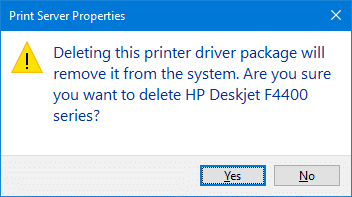
How To Completely Remove Old Printers In Windows 10 Winhelponline
Print server properties windows 10 command line
Print server properties windows 10 command line- Click Start, click Administrative Tools, rightclick Print Management, and then click Run as administrator In the left pane, click Print Servers, rightclick the applicable print server, and then click Properties In Print Server Properties, click the Security tab To configure permissions for a new group or user, click Add How to open display properties from command line in Windows 10 ?




How To Completely Remove Old Printers In Windows 10 Winhelponline
Hello I am trying to print a file through a batch file to a locally installed printer which was installed using an IP address as the port I know the print command print /dLPTx or print /dCOMx or if u have a network user print /d\\server\printername What I would like to know is if I should be able to use Print /dIP_address of Printer ? I know that the following cmd can enable file and print sharing firewall rule netsh advfirewall firewall set rule group="File and Printer Sharing" new enable=yes But it turns on file and print sharing for all profiles I'd like to only enable it for private profile, ie when the windows PC/laptops are connected to home or work network4 ways to open Print Management in Windows 10 Way 1 Access it through Run Open Run by WindowsR, type printmanagementmsc and tap OK Way 2 Turn it on by searching Input printmanagementmsc and choose printmanagementmsc on the top of the result Way 3 Open it using CMD Step 1 Get into Command Prompt Step 2 Type printmanagementmsc and press
To launch this directly from windows command prompt we can use sysdmcpl command Just run this command from command window and you can see system properties window c>sysdmcpl If you want to get computer properties in the command line itself then you can use systeminfo command Just run this from command prompt here's another method, directly to the "printer server properties" from an admin command prompt rundll32 printuidll,PrintUIEntry /s Step 1 First of all, you have to open the Run by pressing the Windows Key R button at the same time Step 2 Run small interface will appear, you have to enter the printmanagementmsc and click on the "OK" button Step 3 This will open the Print Management Window, go to the print server to start or stop the Print server
Alternatively, you can also reset or restart Print Spooler Windows 10 in Command Prompt Step 1 Press Windows R to open the Run window Then, input cmd and press Ctrl Shift Enter to run Command Prompt as an administratorHow to Open Command Prompt in Windows 10 Way 1 Open the program in Start Menu Click the lowerleft Start button to open the Start Menu, input cmd in the empty box and tap Command Prompt in the results Way 2 Turn on Command Prompt by search Tap the Search button on the taskbar, type cmd in the search box and choose Command Prompt on the top Way 3 Open Command line for Printer properties jbog2 asked on Operating Systems 4 Comments 1 Solution 5631 Views Last Modified I want to install printers from a command line for the moment I use this command rundll32 printuidll,PrintUIEntry /if /b "testprt" /r \\HOR\QHOR /f N




Change Printer Properties From Command Line Microsoft Q A




Fix Printer Settings Could Not Be Saved Another Printer Or Printer Share With This Name Already Exists Solved Repair Windows
Method 1 Open Print Management via Run Command Press the Windows key R to open the Run command box, type printmanagementmsc and hit Enter This will launch the Print Management console immediately Expand the Print Servers node on the left, you can add / delete the printers and drivers, view printer queue, configure the printer port, print test page, etc Example command line to restore an existing config to a server printmig r d\print\ps1cab \\prtsrvr1 Example command line to backup a server to the specified file printmig b "\\filesrv\store\print server 2cab" \\prtsrvr2 PrintMig can be used for Windows (Server) 00, XP and Server 03Or, if you doubleclick it (or launch it from the Windows command line), it will prompt you to select a file that it will send to the default Windows printer You may want to create a desktop shortcut in which you may add a parameter like this to the Target field in the shortcut properties p "Name of Your Printer"




Fix Printer Error 0xc Or 0xe4 In Windows 11 10




Best Practices For Configuring Windows Print Servers Papercut
I previously wrote about how to delete a local printer on your network but, I have expanded my knowledge on local and mapped printers using the command (cmd) line and decided to share my omnipotence with you (my head just exploded from ego overload) These little nuggets of fried gold will keep you on the payroll for many years to come Method 1 Using Command Prompt By using the Command Prompt (Admin), the user can easily enable or disable file and printer sharing option Follow the below instructions to proceed Step 1 From the Search, type the Command Prompt and rightclick on it and select "Run as Administrator" Using a windows computer, click Start and click Run Type CMD and press enter to bring up a command prompt Verify if the MAC address of the print server shows on the ARP table of the computer by typing ARP A On the command prompt, type the following ARP –S < IP Address to be assigned > < MAC address of the Print server > to assign an IP
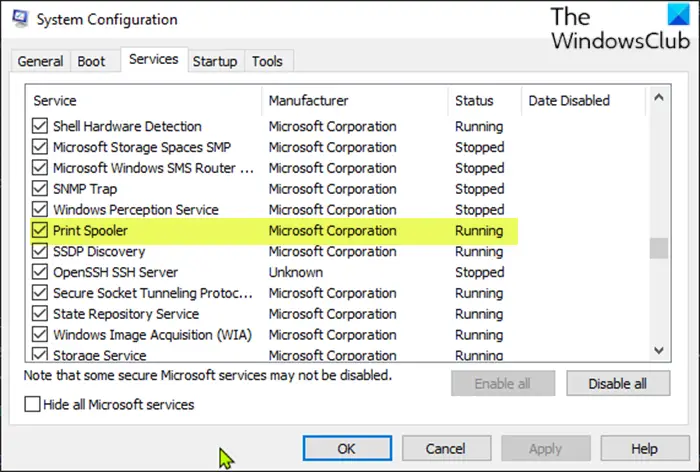



How To Enable Or Disable Print Spooler Service On Windows 11 10
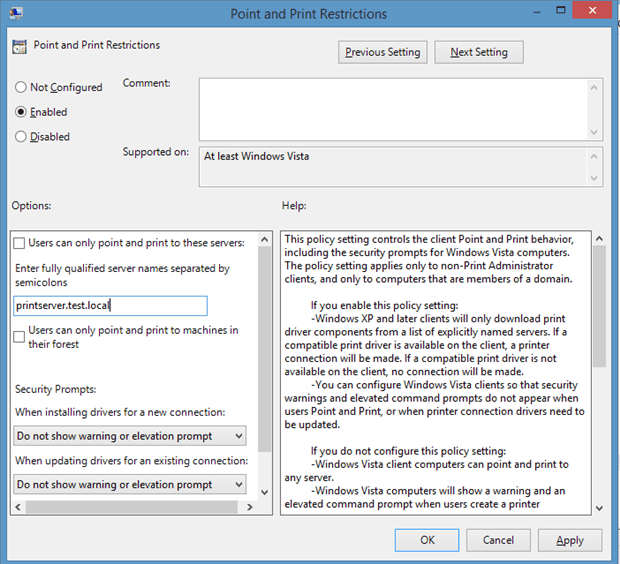



Managing Printers With Group Policy Powershell And Print Management Simple Talk
Windows 10 comes with a special tool, printuiexe, that provides the ability to manage a printers using a command line Using it, you can open the Print Server properties dialog and remove a printer driver Press the Win R keys onClick Generate Command after completing the configuration You can Copy to Clipboard and paste to the Command Prompt/Terminal for execution Use the consoleproperties file We support running console mode using the consoleproperties file where you can manually modify the content if needed Generate a consoleproperties file using our generator Method 2 Open System Properties via Cortana Search On the Windows 10 taskbar, enter "advanced system" inside the Cortana search box When the search results are loaded, click on "View advanced system settings" Method 3 Open System Properties via Run or Command Line Press Windows R keys together, type the command "sysdmcpl" in the Run



Managing Printers And Drivers With Powershell In Windows 10 Server 16 Windows Os Hub




Best Practices For Configuring Windows Print Servers Papercut
Manage Print Queues from the Command Prompt Using the prnjobsvbs script, you can view print jobs in queues To display all print jobs for all local printers, run the command cscript "C\Windows\System32\Printing_Admin_Scripts\enUS\prnjobsvbs" –l To display jobs on a specific printer, you need to specify its nameThe program is designed generally for the Windows command line and also for use with the vDos DOS emulator To print a PDF file to the default Windows printer, use this command PDFtoPrinterexe filenamepdf To print to a specific printer, add the name of the printer in quotation marks PDFtoPrinterexe filenamepdf "Name of Printer" Even the Windows 10 CTP command prompt, which you can see in Figure 1, looks remarkably like the Command Prompts found in much earlier versions of Windows Click on image for larger view Figure 1
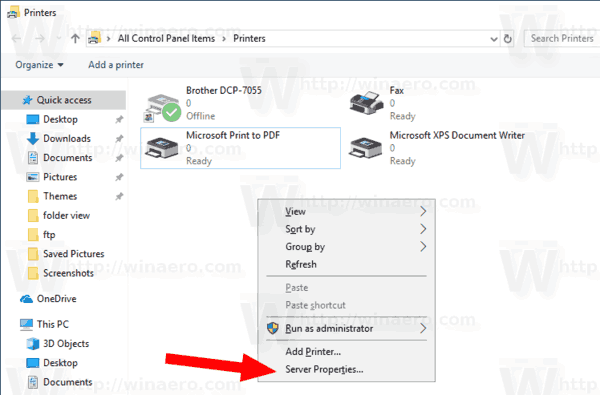



Uninstall Printer Driver In Windows 10



Print Management In Xp Utilize Windows
This article focuses on the steps required to add an IPPS printer on a Windows Print Server, Rightclick on PaperCut Print Provider → select Properties→ navigate to the "Log On" tab Select the option You can check this by viewing the host name when sending a 'ping' to the device in the Command Prompt terminal PaperCut logsTo open Print Management on a computer running Windows 7 or Windows Server 08 R2, click Start, point to Administrative Tools, and then click Print Management (best to rightclick and run as administrator) #3 Expand Print Management and either use tree view or With Printer Server Properties, you can manage Forms, Printer Ports, Drivers, and various settings relating to the printer, ie enable or disable the informational notification for either local or network printers In Windows XP, you can easily find that properties window fairly easily through Printers and Faxes
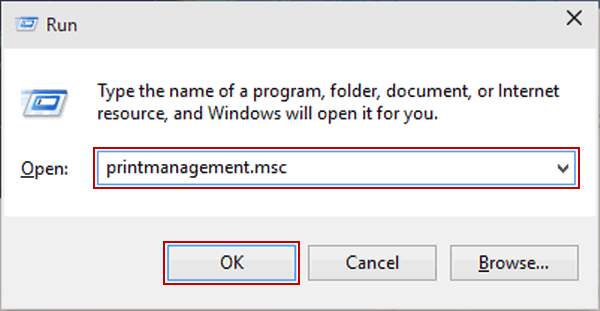



4 Ways To Open Print Management In Windows 10
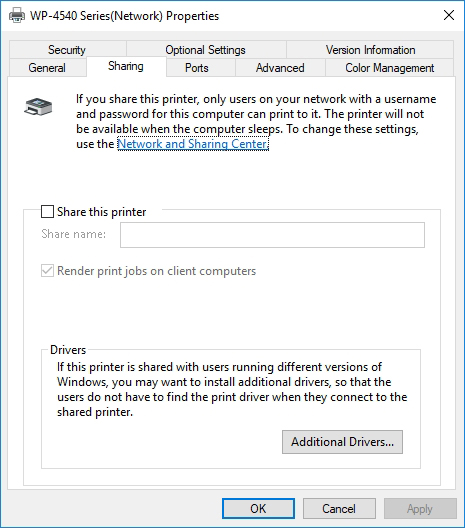



How To Take Control Of Network Printing In Windows 10 Redmondmag Com
System properties has the settings categorized into 5 tabs, and each of the tabs has a dedicated command to open directly For example, if you execute the command SystemPropertiesRemote from Run, it will open remote tab in System properties window These commands are listed below This person is a verified professional Verify your account to enable IT peers to see that you are a professional at 718 AM Start>Run> MMCexe Add print services snap in Manage from there Or, start>runprintmgmtmsc Add the print server and go In this post we'll see some useful commandline prompt (CMD) and Powershell commands that can be used from most Windows environments (including Windows 10 and Windows Server) to list the installed / active / inactive services, as well as search for a specific service in Windows



Managing Printers From The Command Prompt In Windows 10 8 1 Windows Os Hub
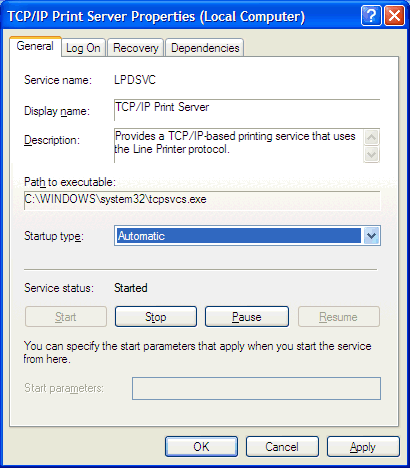



Configuring A Remote Output Queue Rmtoutq To A Windows Print Queue
Displays help at the command prompt Explanation with Examples To send the file Reporttxt in the current directory to a printer connected to LPT2 on the local computer print /dlpt2 reporttxt To send the file Reporttxt in the cAccounting directory to the Printer1 print queue on the \CopyRoom server print /d\copyroomprinter1 c Scroll down to Related settings and click Print Server Properties Alternatively, you can rightclick Start>Run and type printui /s /t2 to go to the Print Server properties page directly Select the Drivers tab I had the same problem I restarted my machine thinking the file in contention will be cleared after restart That didn't help So, I cleared out the entire tmp\kafkalogs directory and restarted the kafka server and it worked fine
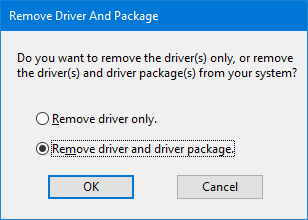



How To Completely Remove Old Printers In Windows 10 Winhelponline




Best Practices For Configuring Windows Print Servers Papercut
Here are some of the most common ways to print from desktop apps Look in the File menu It's very common for a Print option to be located in the app's File menu Press CtrlP This might bring up the app's Print dialog box Look for a print icon or button App manufacturers commonly put a print icon or button somewhere on the screenThis will display all the printers installed on your computer To export this list to a text file, you can use the following commandRightclick the print server's node in Print Management, select Import Printers From A File, and then browse to select a *printerExport file and import it Doubleclick a *printerExport file while logged on to the print server into which you want to import the configuration information to start the Printer Migration Wizard and import the configuration
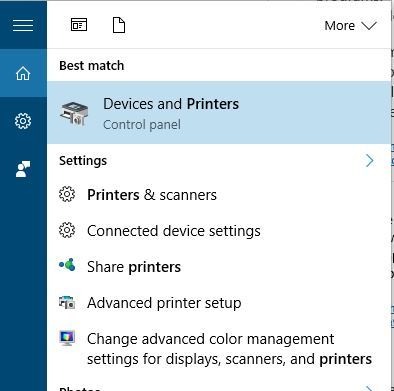



Fix Can T Remove Printer In Windows 10
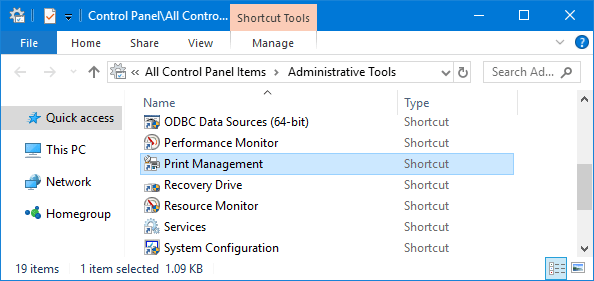



How To Open Print Management In Windows 10 8 7 Password Recovery
Alternatively, you can doubleclick the Print Spooler to open Properties From the Properties, you can stop and start the service Restarting Spooler with Command Prompt To restart Print Spooler from the Windows 10 command prompt, open the command prompt as Administrator Then run the following two commands sc stop Spooler sc start Spooler Connecting to a Network Shared Printer with PowerShell To connect the shared printer from the print server, use the command AddPrinter ConnectionName \\romeprnt1\HP3027 Windows 10 uses the latest printer that was used for printing as the default printer If you want to use a fixed default printer, run the commandClick on Server Properties (if you held down the Shift key, choose Run as and then Server Properties ) Select the Drivers tab, highlight the printer driver for the printer you deleted, and click the Remove button Click Yes on the window that pops up If
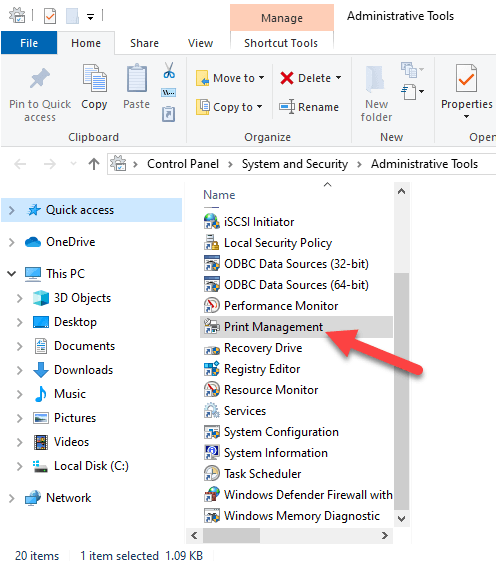



Remove Or Uninstall A Printer Driver From Windows 10
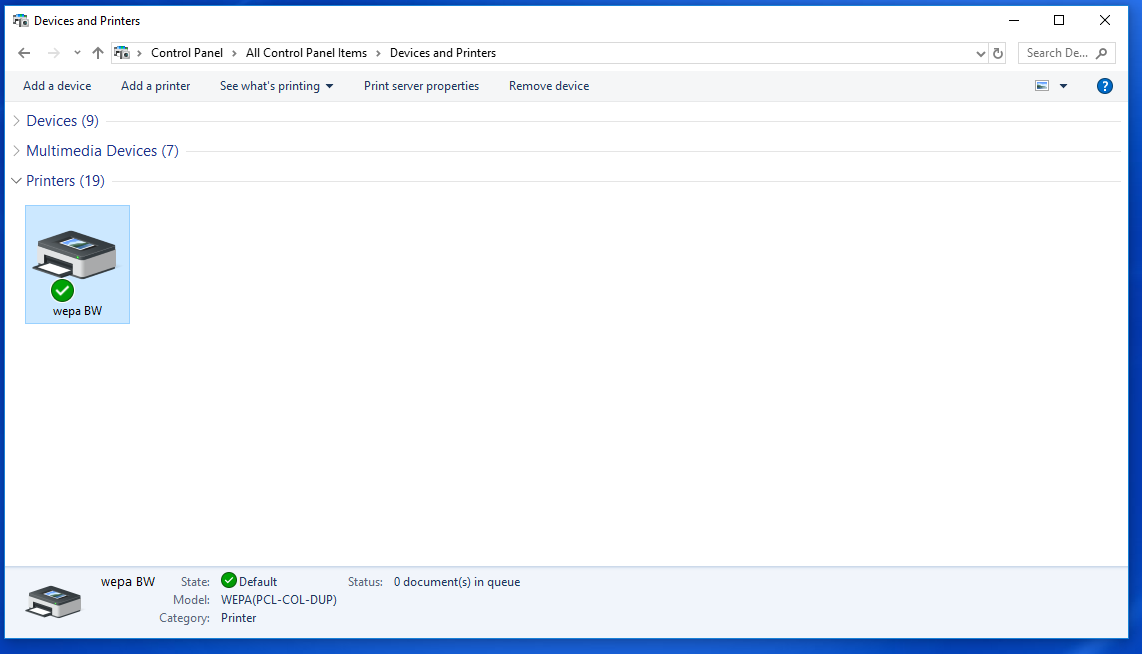



Print App Driver Support Wepanow Com
(To use the command in Windows 10, 8, 7, or Vista, the LPD print service and the LPR port monitor have to be enabled first) All Win lpr Sends a file to a computer that uses a line printer daemon (LPD) To use the command in Windows 10, 8, 7, or Vista, the LPD print service and LPR port monitor have to be enabled first All Win The Command Prompt is generally preferred by power users and IT staff, who use it to run all kinds of commands, from basics to the more advanced networking commands and disk management commandsThe Command Prompt is also helpful if you want to view system information and manage running processes, to fix issues with your PC's boot records, or even to MSDOS and Windows command line print command The print command allows users to print a text file to a line printer, in the background If you need to print a file that cannot be opened from a command line (email, picture, document, etc) you must use a different program See How to print a document, picture, or another file




Remove Uninstall Shared Printers From Client Computers




How To Remove Printer Drivers In Windows 10 8 7 Vista Wintips Org Windows Tips How Tos
Press "Enter" to import the printer settings To find the name of the printer, press "WindowsX," select "Control Panel" and then click "View Devices and Printers" Rightclick the device, select "Printer Properties" from the context menu and review the information on the General tab to find the name of the printer Open a command prompt window You can type cmd and press Enter in Windows Search for the same Here, type the following command to get the printers list wmic printer list brief;




Oprava Windows 10 Print Spooler Service Nezustane Spustena Geekingup



How To Fix Printer Usb Port Is Missing In Windows 10 Windows Bulletin Tutorials




How To Completely Remove Old Printers In Windows 10 Winhelponline




Best Practices For Configuring Windows Print Servers Papercut




How To Remove Printer Drivers In Windows 10 8 7 Vista Wintips Org Windows Tips How Tos
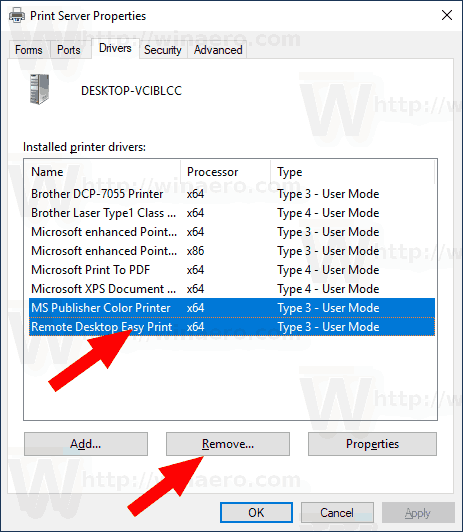



Uninstall Printer Driver In Windows 10




How To Fix Operation Failed With Error 0xe4 Ngolongtech
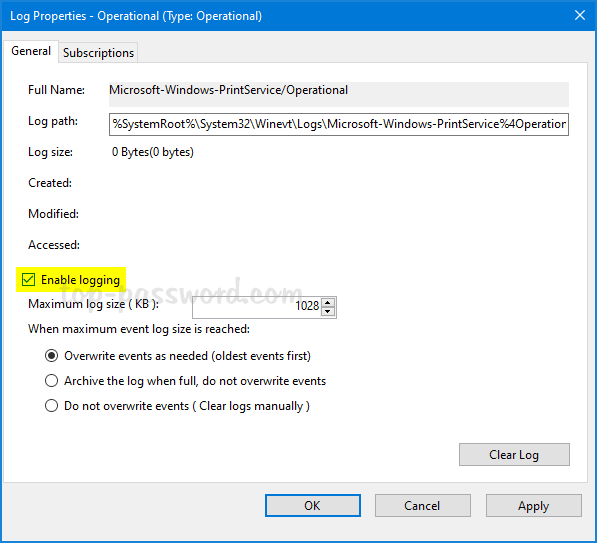



How To Enable Print Logging In Windows 10 And Windows Server 12 Password Recovery
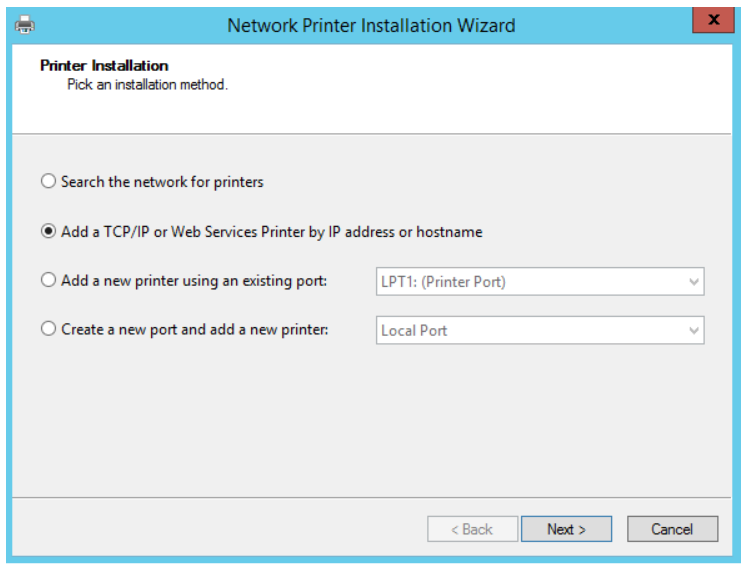



Your Guide To Windows Server 12 R2 Print Management




Weekend Scripter Easily Publish All Printers On A Print Server To Active Directory Scripting Blog




Fix Can T Remove Printer On Windows 10 Appuals Com




How To Manage A Printer In Windows 10



Fix Windows Cannot Connect To The Printer Error 0x Windows Os Hub



Printer
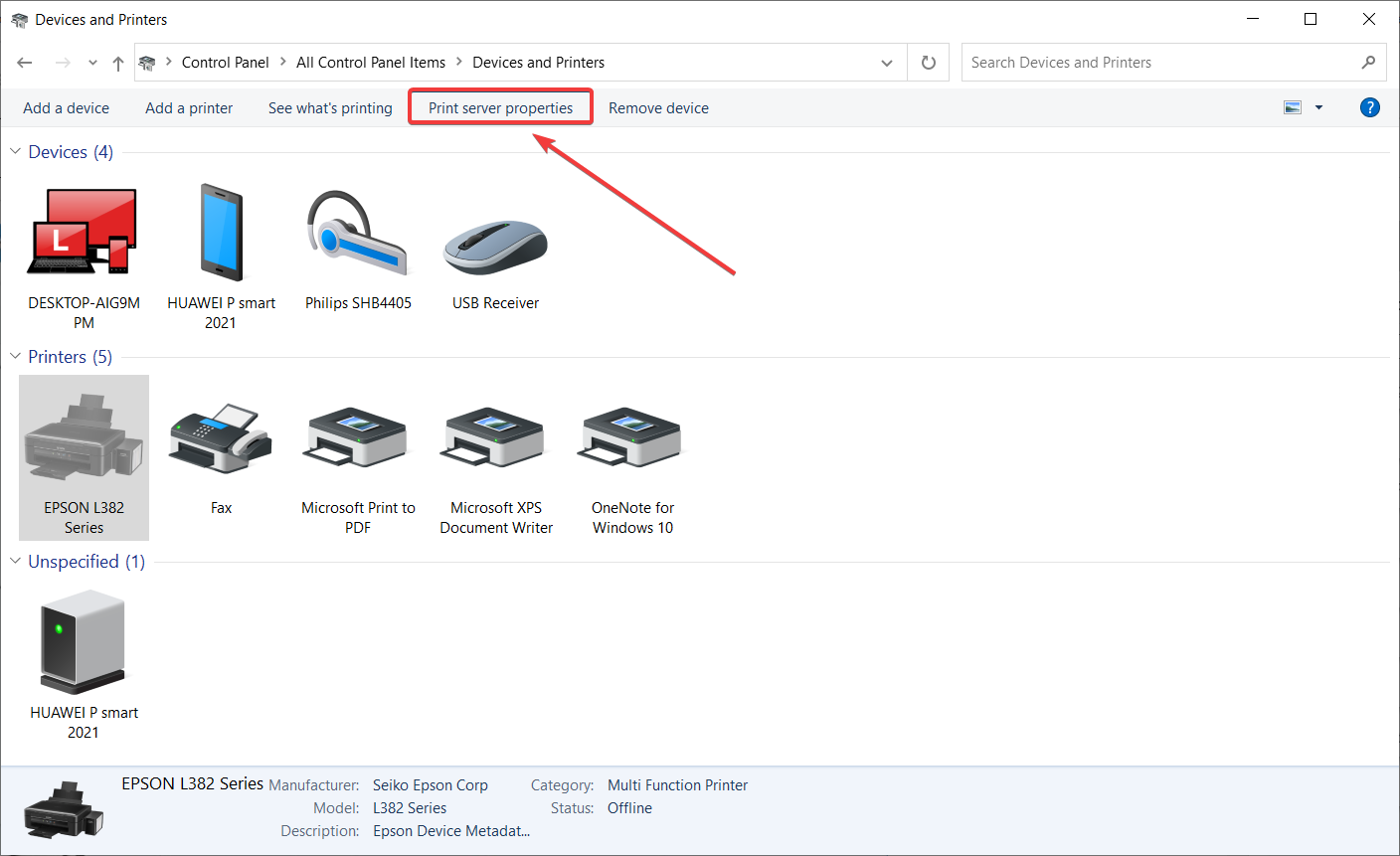



Fix Can T Remove The Printer In Windows 10 11
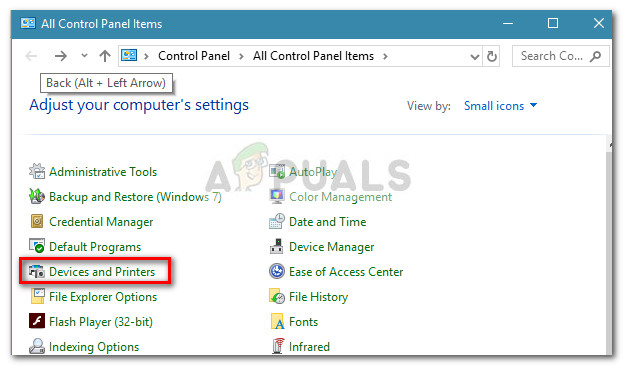



Fix Can T Remove Printer On Windows 10 Appuals Com
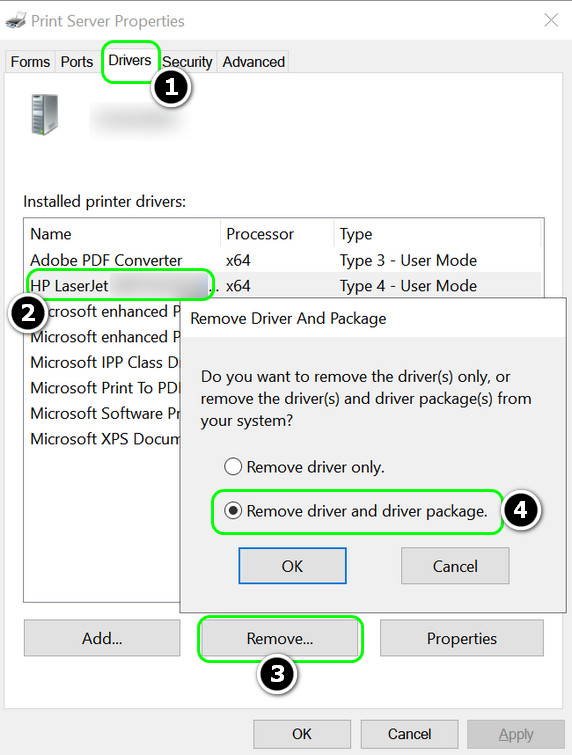



How To Fix Inaccessible Shared Printer After The Kb Update Appuals Com



Create Standard Tcp Ip Port For Print Server



Managing Printers From The Command Prompt In Windows 10 8 1 Windows Os Hub




How To Fix Print Spooler Errors On Windows 10 Bugsfighter




Remove Or Uninstall A Printer Driver From Windows 10




Config Remote Desktop Easy Print On Windows Server 16 12 R2 Theitbros




How To Fix Printer Issues Related To Windows 10 June 8th 21 Updates



Printer
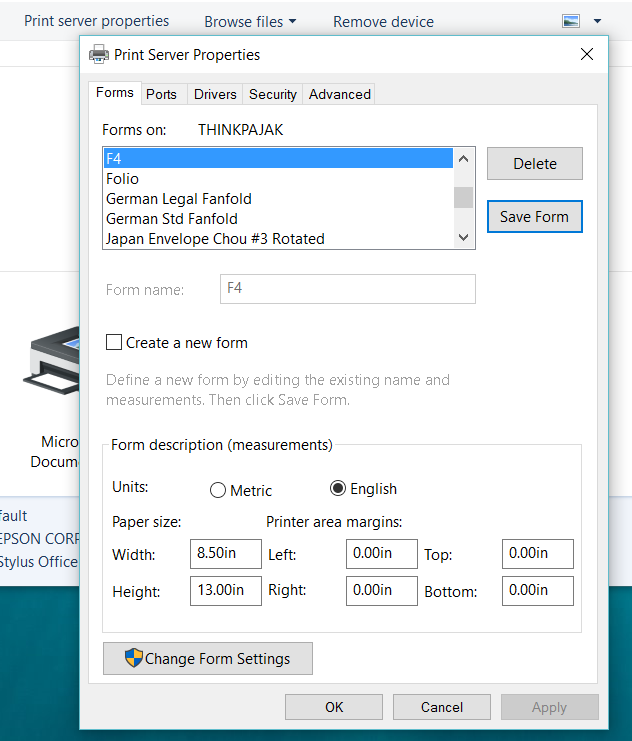



How To Change Default Paper Size Setting In Windows 10 To Custom Microsoft Community




Print Server Mpgnotes
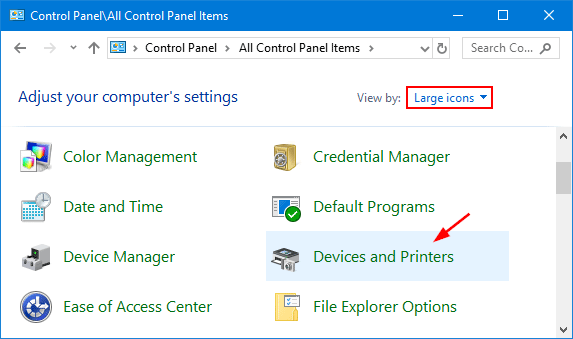



How To Open Print Management In Windows 10 8 7 Password Recovery




Disabling Advanced Printing Features Papercut



Print Management In Xp Utilize Windows




Config Remote Desktop Easy Print On Windows Server 16 12 R2 Theitbros
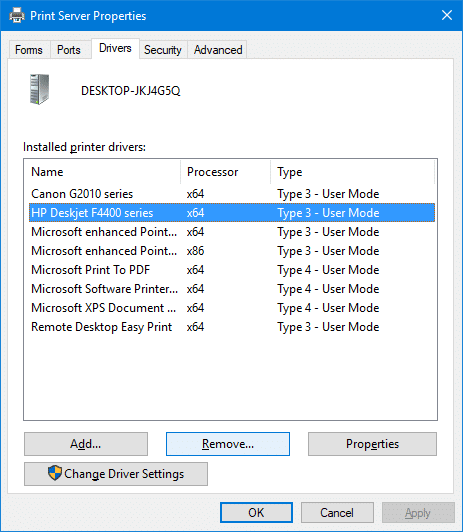



How To Completely Remove Old Printers In Windows 10 Winhelponline



Managing Printers From The Command Prompt In Windows 10 8 1 Windows Os Hub



Print Management In Xp Utilize Windows
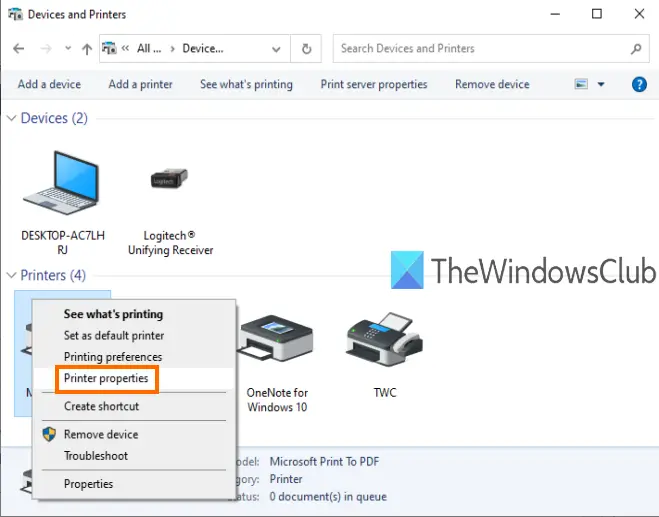



How To Rename A Printer In Windows 11 10




Windows 10 Command Prompt What Is It And How Does It Work It Pro
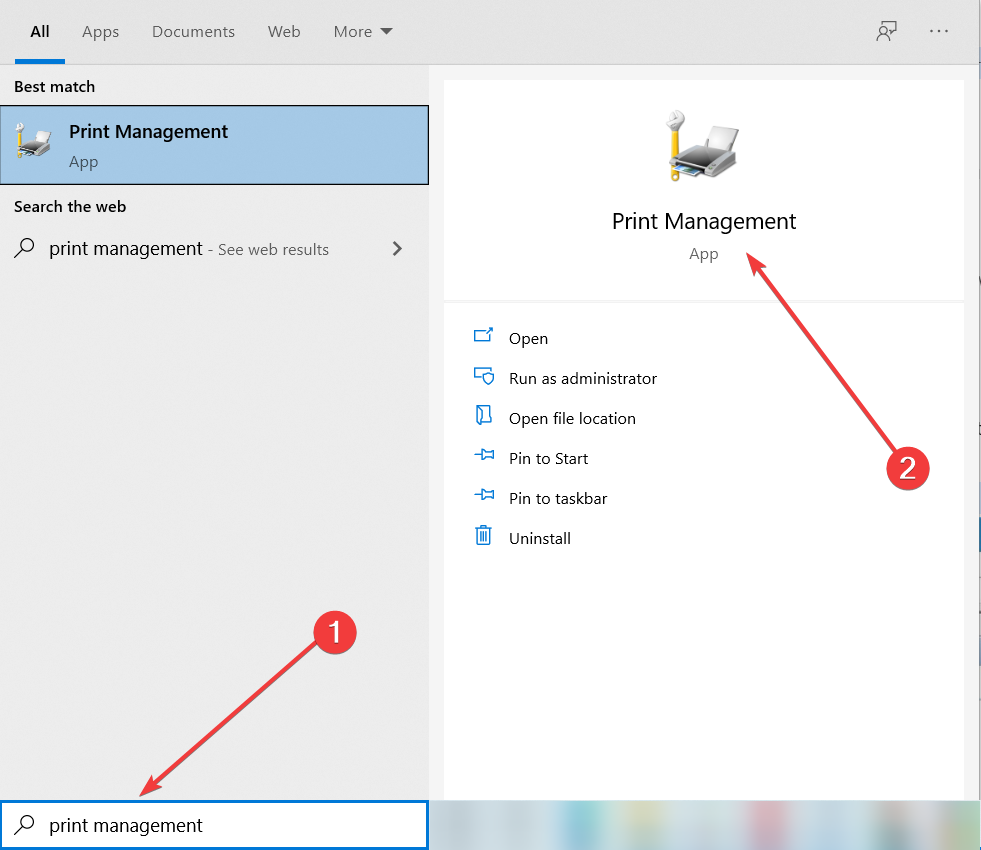



Fix Can T Remove The Printer In Windows 10 11
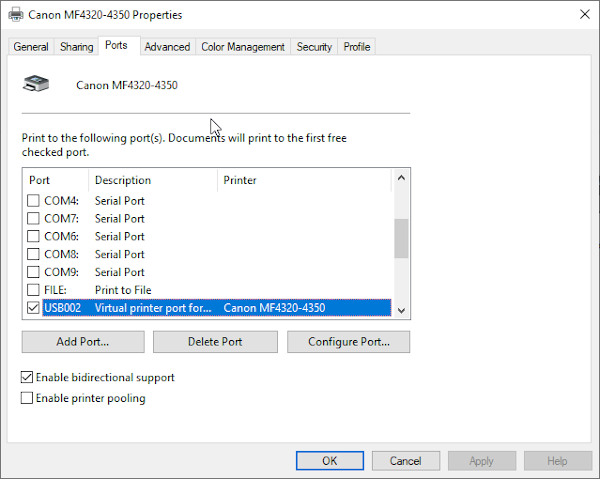



How To Change Printer Port In Windows 11 10 The Easy Way




Where Is The Printer Server Properties In Windows 7 Nextofwindows Com




How To Remove Printer Drivers In Windows 10 8 7 Vista Wintips Org Windows Tips How Tos
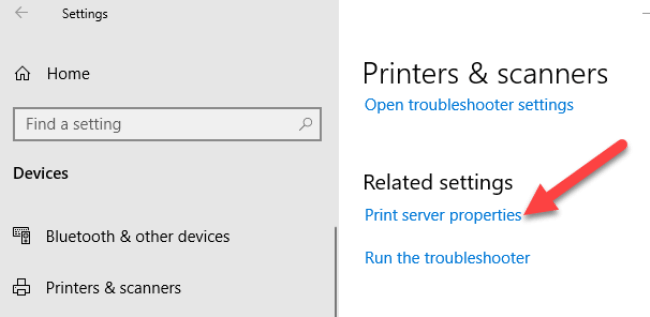



Remove Or Uninstall A Printer Driver From Windows 10




19 Server Printer Installation Wizard Fails Access Is Denied Microsoft Q A
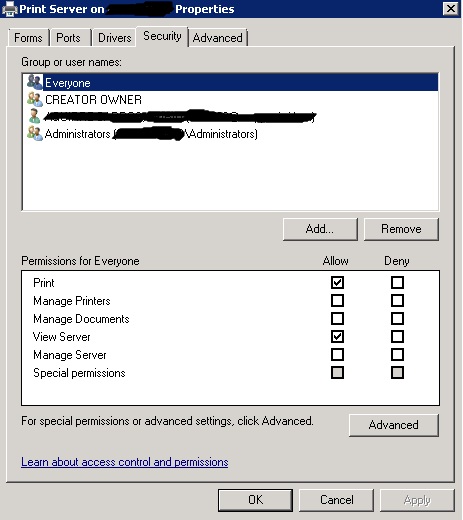



Print Server Mpgnotes
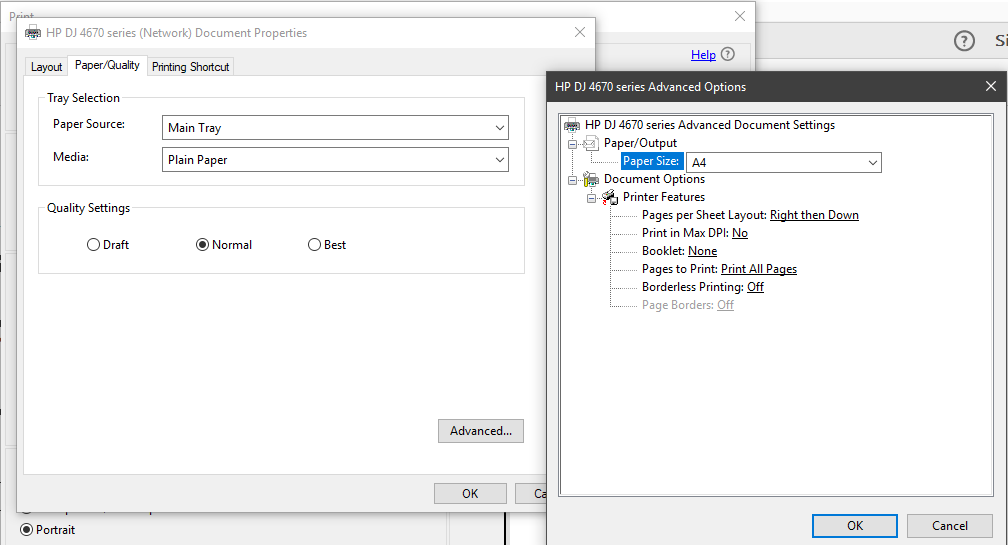



No Color Management In Print Dialogue Box Microsoft Community
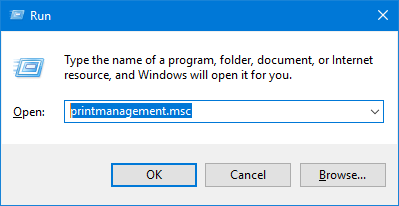



How To Open Print Management In Windows 10 8 7 Password Recovery
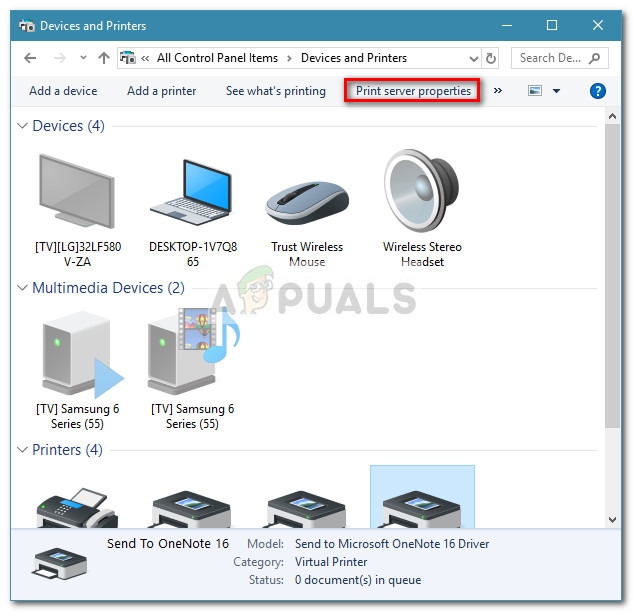



Fix Can T Remove Printer On Windows 10 Appuals Com



Solved How To Disable Or Enable Client Side Rendering Csr Using Cmd Ps And Gpo Pupuweb
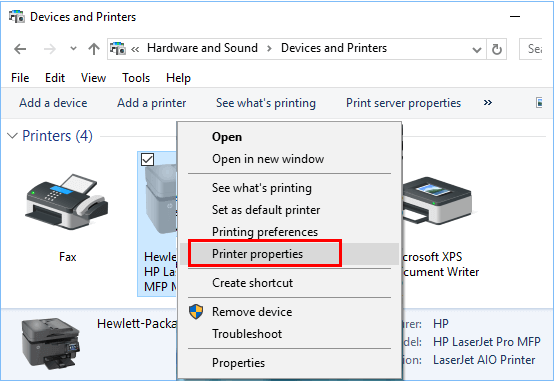



How To Find Printer Ip Address In Windows 10 8 7




How To Remove Printer Drivers In Windows 10 8 7 Vista Wintips Org Windows Tips How Tos
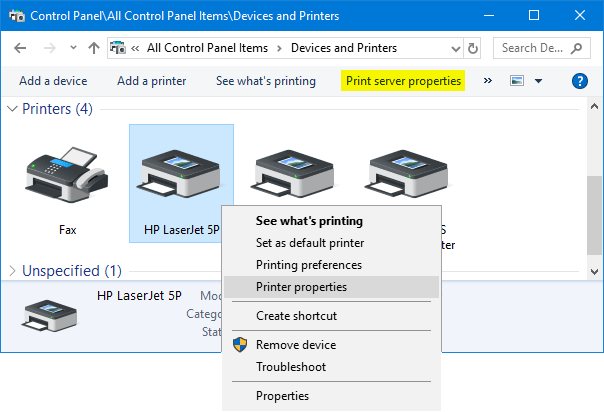



How To Open Print Management In Windows 10 8 7 Password Recovery




How To Set Up Lpr Lpd Generic Text Printer On Windows 10 To Print Text Files To Win 16 Server
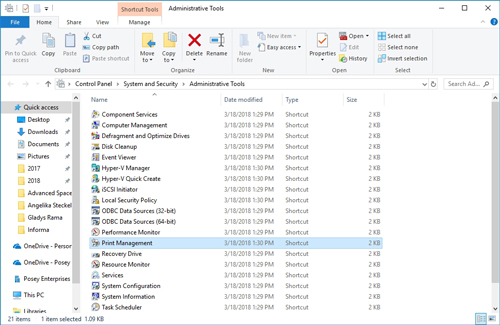



How To Take Control Of Network Printing In Windows 10 Redmondmag Com
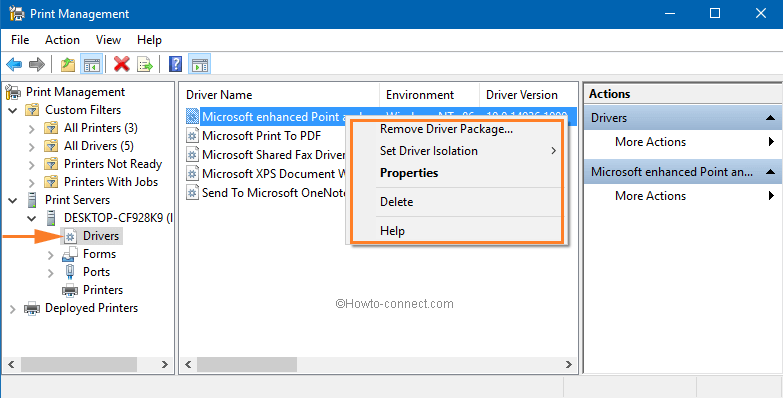



How To Open And Use Print Management In Windows 10
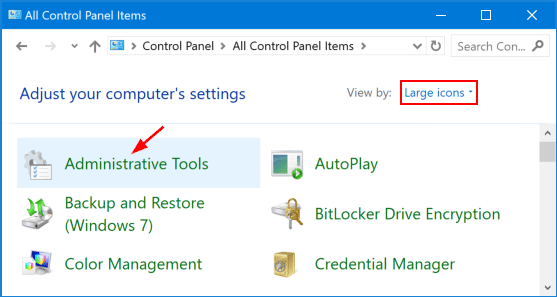



How To Open Print Management In Windows 10 8 7 Password Recovery
.jpeg)



Assign Delegated Print Administrator And Printer Permission Settings In Windows Server 12 Microsoft Docs
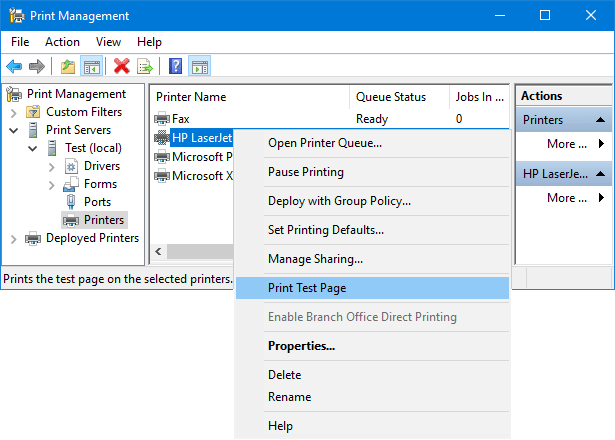



How To Open Print Management In Windows 10 8 7 Password Recovery
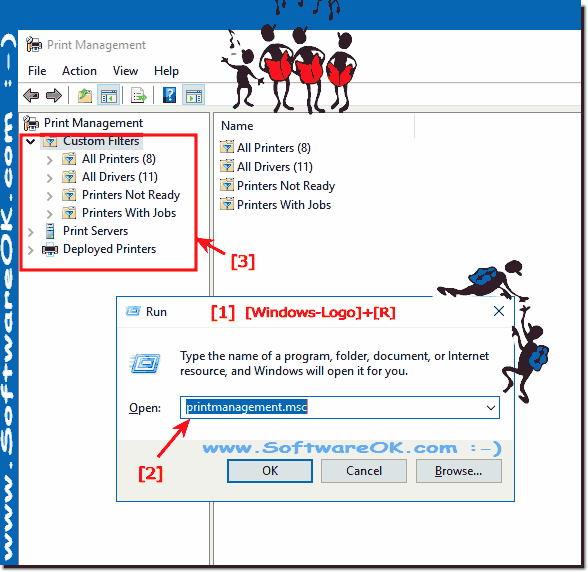



Printer Management Printer Server Driver Printers Connections Under Windows 11 And 10
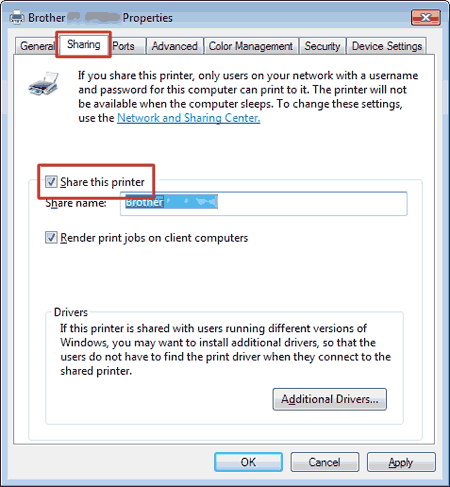



Share Your Printer In Windows 7 Shared Printer Brother
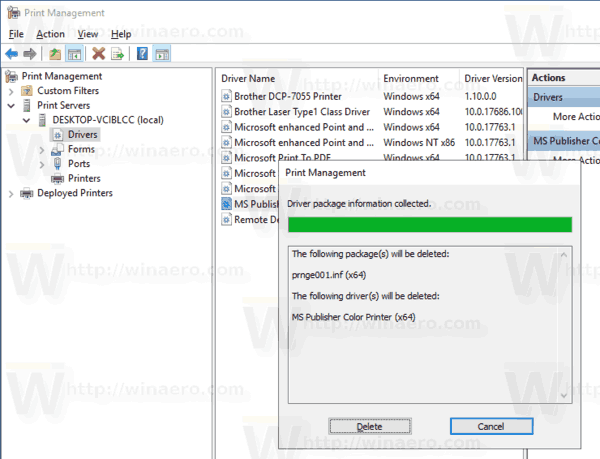



Uninstall Printer Driver In Windows 10
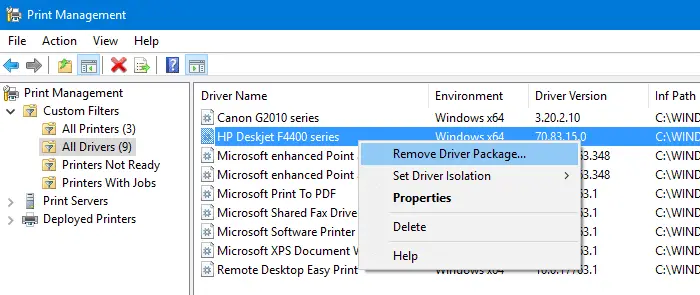



How To Completely Remove Old Printers In Windows 10 Winhelponline




How To Fix Printer Issues Related To Windows 10 June 8th 21 Updates




Powershell One Liner To Audit Print Jobs On A Windows Based Print Server Mike F Robbins
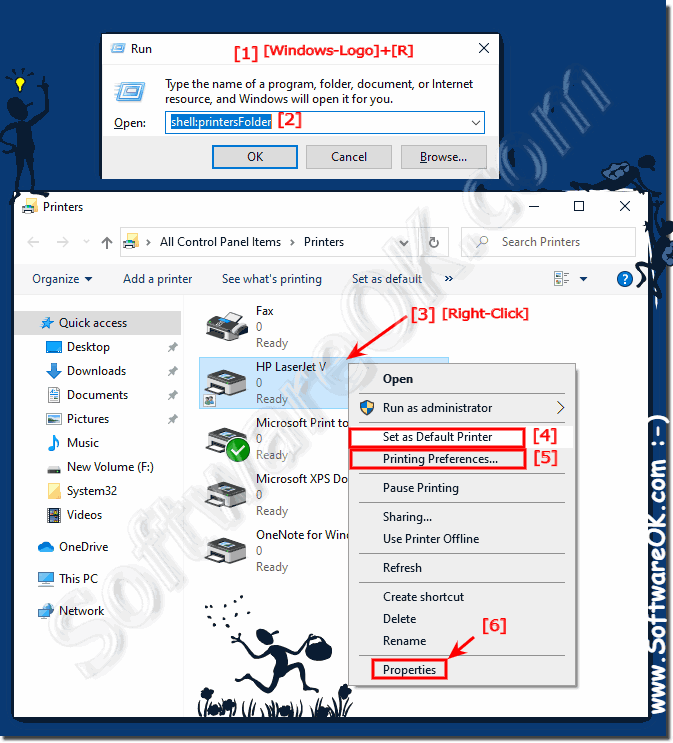



How To Change Default Printer Settings For Windows 11 10 Home And Pro
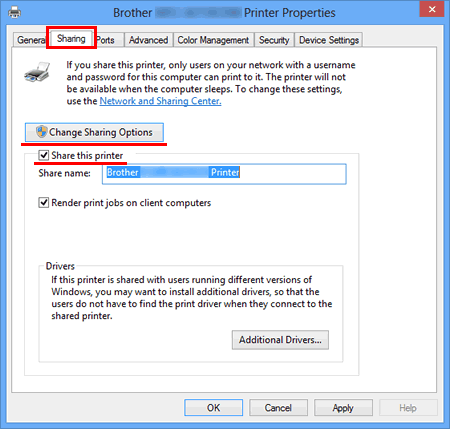



Share Your Printer In Windows 10 Windows 8 Windows 8 1 Shared Printer Brother
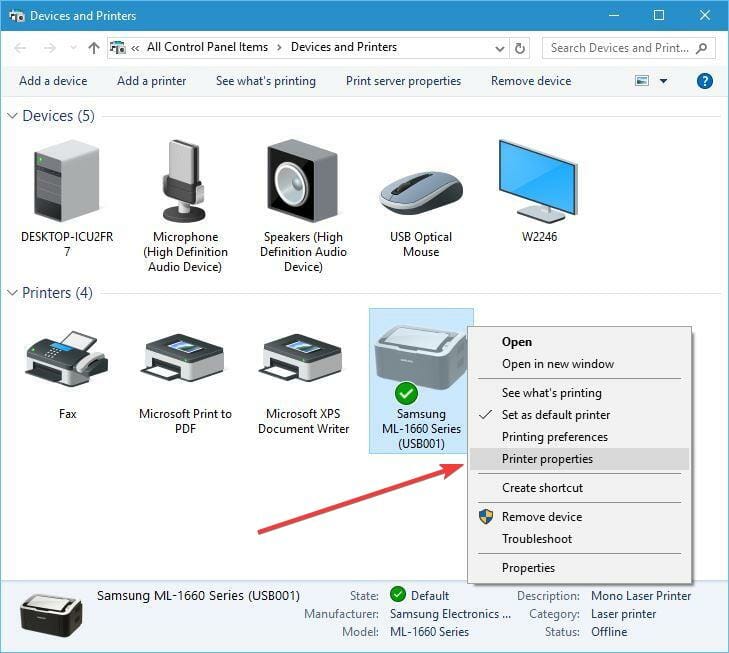



Fix Can T Remove The Printer In Windows 10 11



Printer Pooling How To Configure A Printer Pool In Windows Server 12 R2 Windows Os Hub
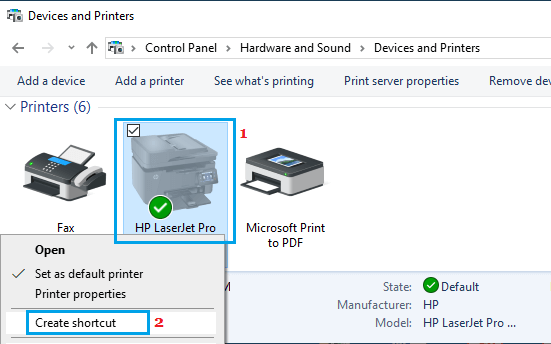



How To Fix Printer Icon Not Showing In Windows 10



3
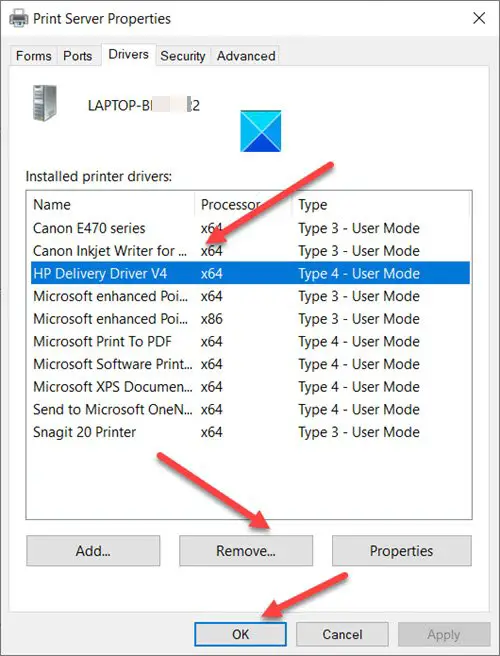



Fix Unknown Printer Driver Error 0x On Windows 11 10
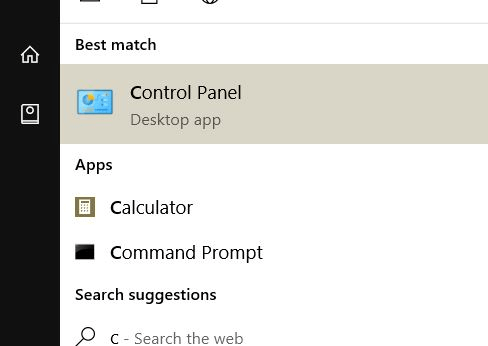



Unable To Remove Printer Device From Windows 10 Here S The Fix




Printer Driver Information How To Determine The Version And Type Of A Printer Driver Learn Solve It




How To Manage A Printer In Windows 10



1
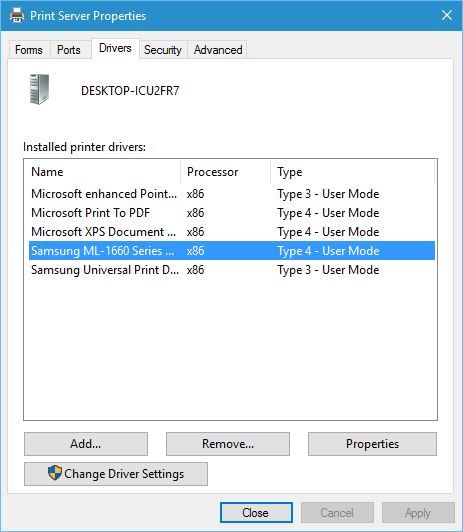



Fix Can T Remove Printer In Windows 10




Solved The Specified Printer Driver Is Currently In Use Error



Fix Network Printer Goes Offline On Windows Windows Os Hub
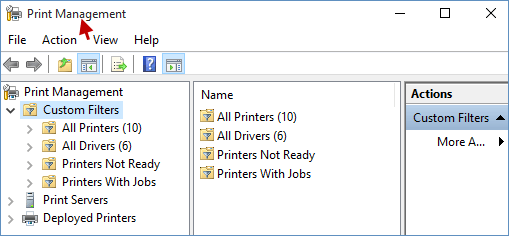



4 Methods To Open Print Management On Windows 10




Where Is The Printer Server Properties In Windows 7 Nextofwindows Com
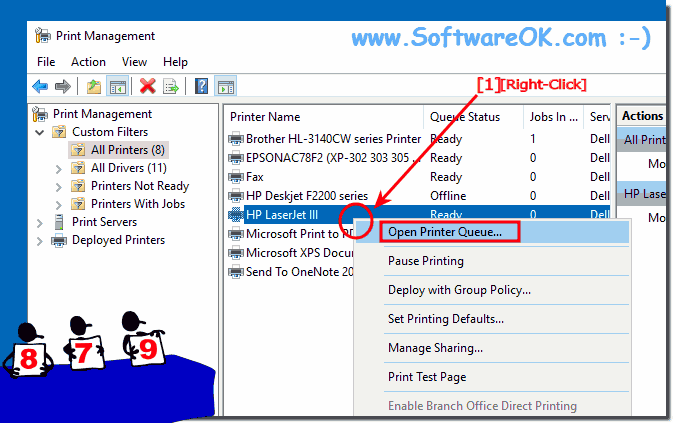



Printer Management Printer Server Driver Printers Connections Under Windows 11 And 10
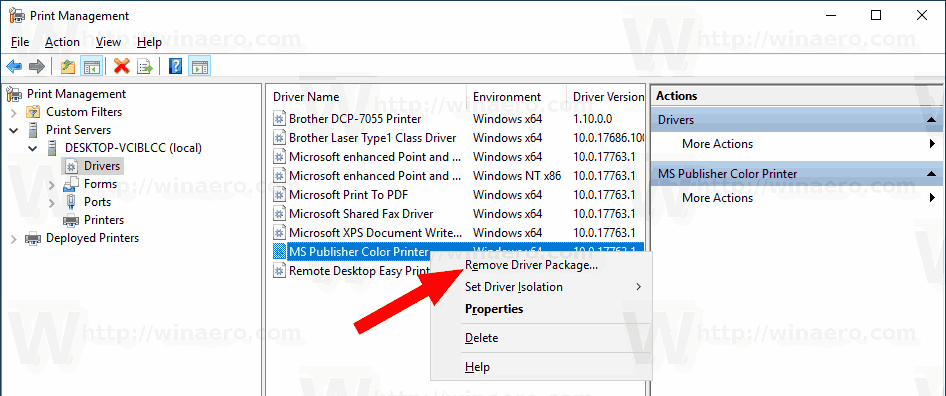



Uninstall Printer Driver In Windows 10




Best Practices For Configuring Windows Print Servers Papercut




Remove Or Uninstall A Printer Driver From Windows 10



Removing Zebra Printer Driver Package Running Windows 10 Home
No comments: